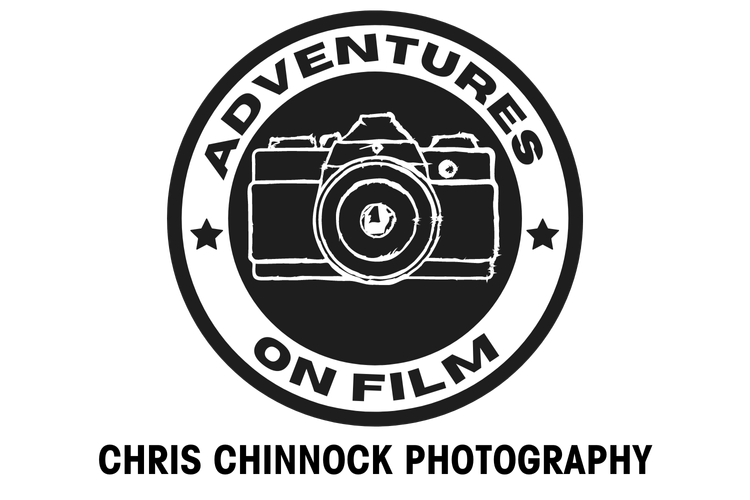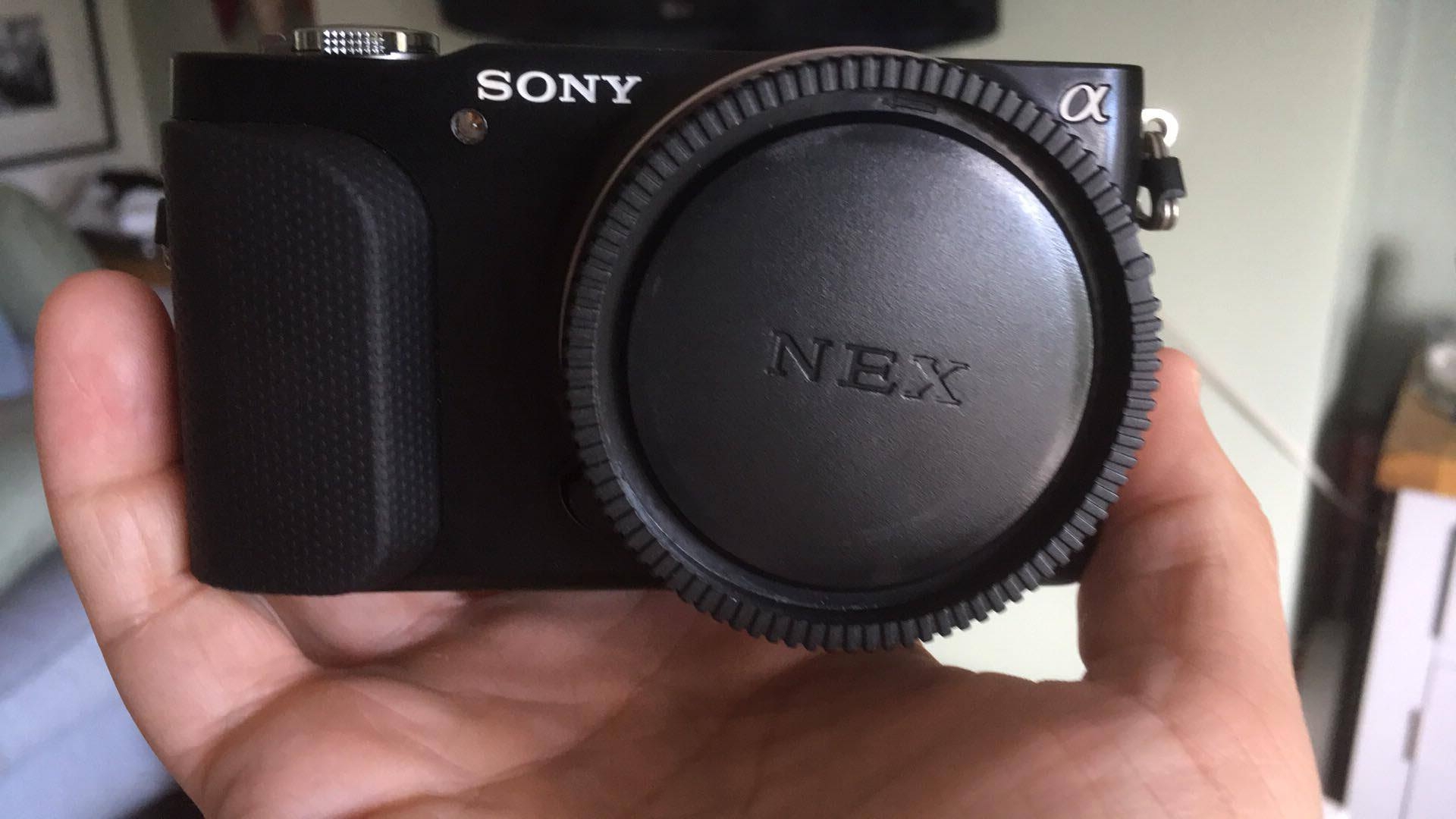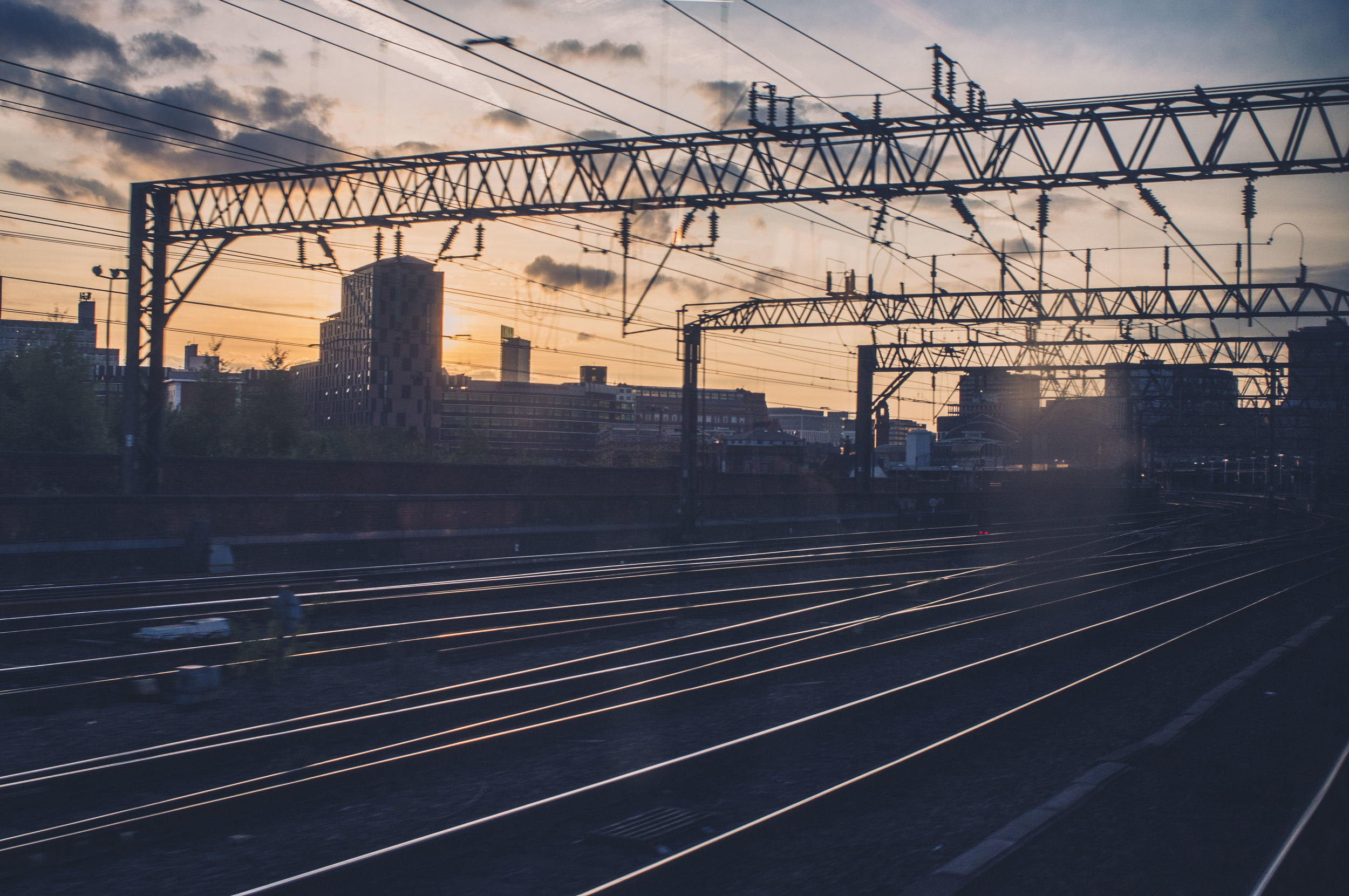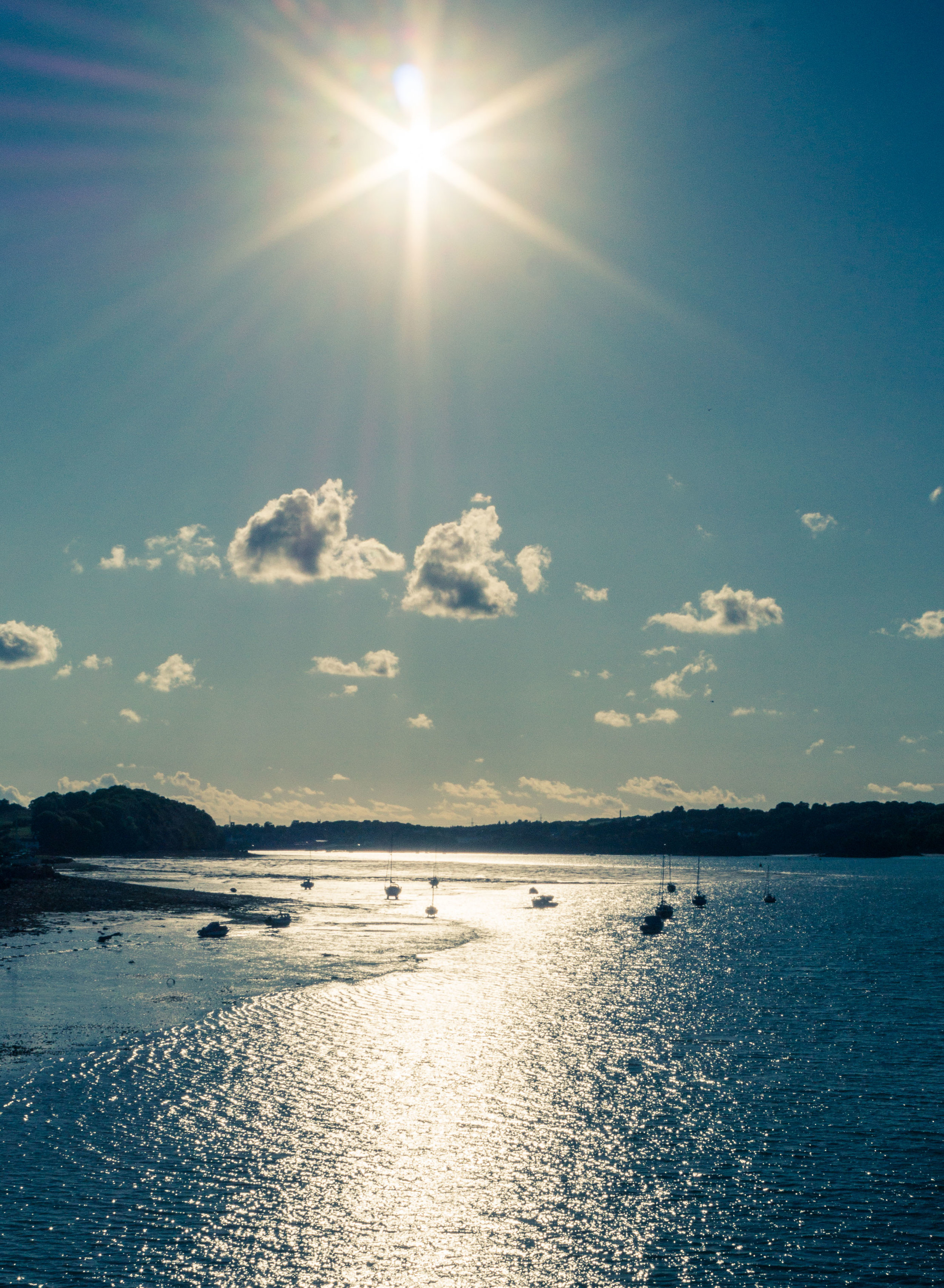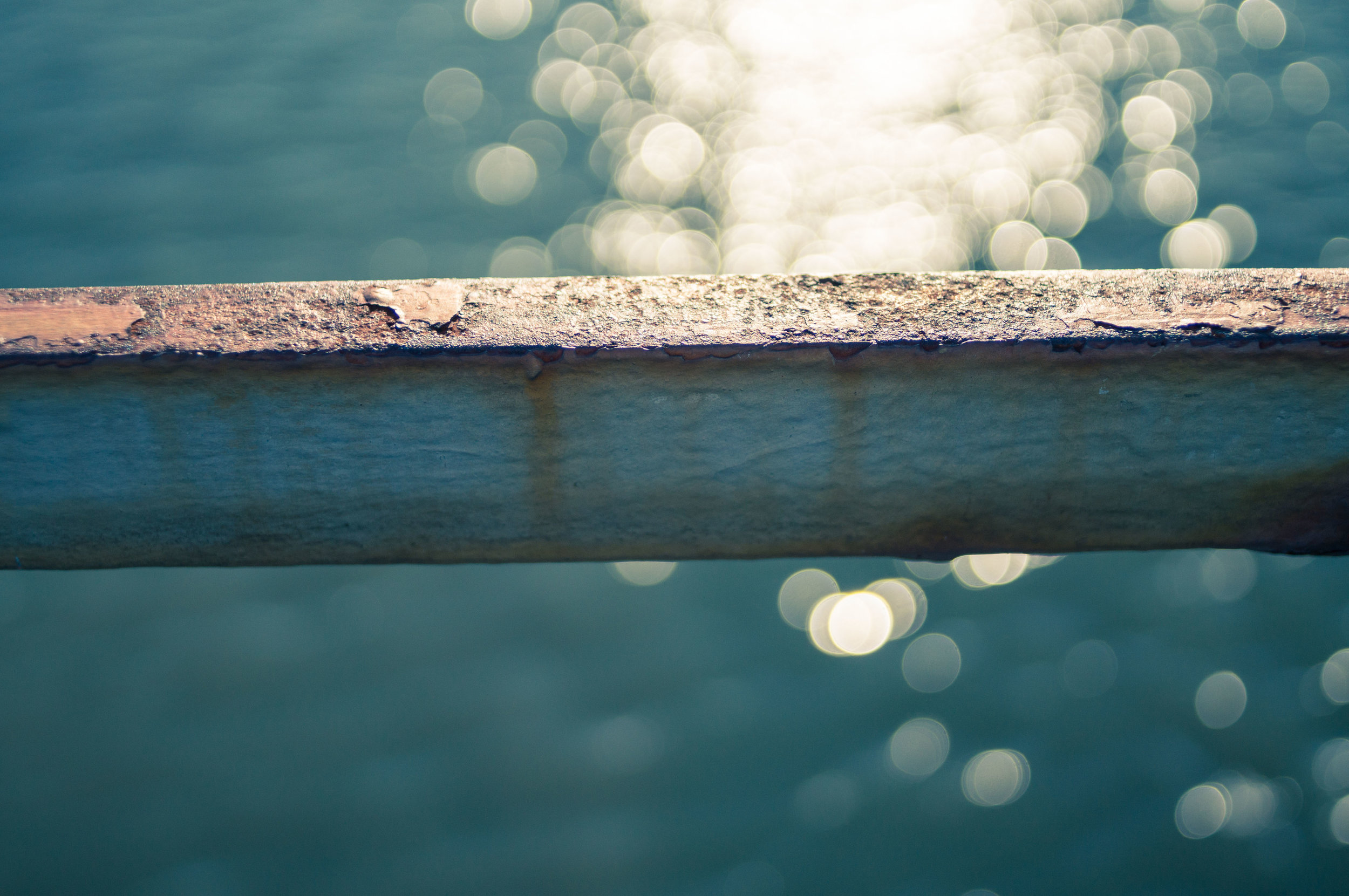I've been after a digital camera that I can take with me on my travels and finally found one that fits the bill - my requirements were 1: it has to be small (see above pic) 2: it has to be capable of great image quality 3: it has to be relatively cheap.....after much ummming and aaaahing i found the Sony NEX3n and i flipping love it!
The best camera is the one you have with you - a well worn but entirely correct saying, often these days the camera I have on my is my iPhone and whilst it's certainly an improvement on having nothing I've been looking for a small (but still capable) digital camera to take on my travels - digital being the operative word as I am currently sorted for pocketable film cameras (the topic of a later blog I promise) In fact bringing things bang up to date with a mirrorless camera - introducing the Sony NEX3n ta daaa! Look at it! Look how small it is! Aw! Bless it!!
The camera itself has a 16MP APS-C sensor - for the uninitated let's just say that this is the exact same size and spec as you might find in a mid range DSLR, so in short it's bloody good! especially in a dinky camera like this.... the key is that it's Mirrorless i.e. it doesn't have a mirror inside making it a different proposition than a DSLR which is findamentally built on a 50 year old design principle in that you have a sensor (or some film) a lens and a mirror through which you are able to view/frame your subject.... anyway without going all technical on you the Sony NEX3n ain't got one hence the term 'mirrorless'
Having amassed a small collection of old film cameras I have also got a small collection of lovely old film lenses, now the beauty of a mirrorless camera is two fold 1: there is no mirror for the lens to hit (a major sticking point to using them on a DSLR) and 2: becuase you use an electronic viewfinder on a mirrorless camera then focusing the lens becomes very easy
So I was keen to test out the combination of very modern Camera body with circa 1970's lenses - to make this happen a £12 little adaptor makes it all possible! I thought a good intial test would be a moving subject to test my ability to achieve decent focus so enter.... Harrison! aw! look at his little face! :D
The feature which helps with manual focus lenses is an amazing piece of wizardry called 'focus peaking' which visually highlights the areas that are actually in focus - negating the need for an old school split screen viewfinder - it's all very 21st Century!
I'll allow the pics to do the talking in a second but just wanted to give my views on the camera in practical use - if you can't be bothered reading through all of that then the short version is 'I think it's fuckin ace' if you'd like slightly more context than that then read on my friends....
In practice using the camera is a doddle... it's the entry level model of the Sony NEX line which means they designed it to be easy to use, and they were successful in this regard, but don't be fooled by the entry level status this thing packs a big punch - the image quality at high ISO is fantastic, I mean really impressive as is the aforementioned focus peaking and manual focus assist features, for use with a manual focus lens it's best to stick it on aperture priority, manually control that on the lens and let the camera work out the shutter speed... simples, it's how I normally shoot film cameras, you can go manual if you wanna do some specific stuff too so you have full control when required.
One final thing to say is that the process of using a manual focussing lens is slower and that's a good thing! By slowing down it gives me pause for thought on my composition and framing etc - all good stuff....all of the images in this blog post were taken with either an Olympus OM Zuiko 50mm 1.8 lens or an Olympus OM Zuiko 28mm 2.8 lens on a business trip to Wales (in fact I'm still on the visit while I type this) i think you'll agree that these lenses which are about 35 years old are bloody brilliant!
